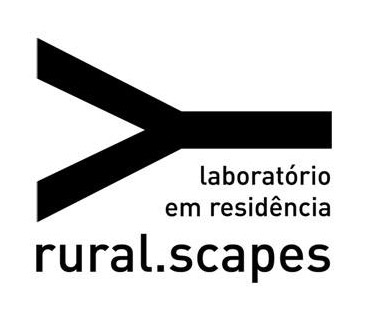Camila Soato
“Rudimentary Technology of Mockery Paintings: Producing inks and pigments exclusively from organic matter found on and around the farm, and easels and frames from collected materials, Camila proposes to get involved in popular imaginations of the region, collecting stories, tales and local anecdotes, to finally create a series of paintings that aim at highlighting rural and small-town culture. Taking local daily life as a source, and experiencing inhabitants beyond just frugal conversation, Camila wants to make complicity the very vector to share comic and even embarrassing moments, represented in her humorous grotesque imaginary.” Jury text
“(..) A tecnologia rudimentar da pintura galhofa, by Camila Soato, also relied on contact with the community as its starting point, resorting to the recollection of burlesque stories from the popular imagination of the region, collected in periodical conversations with the inhabitants. Due to a variety of reasons, transportation to the surrounding towns was far from regular, which resulted in a change of focus to the community that was actually living in the Fazenda. Among all members, Zé Mineiro, the person in charge of various labors at the Fazenda, was one of the main supporters of Camila’s work, not only in relation to compiling life stories and anecdotes that were later transformed into paintings, but also in relation to a permanent dialogue with the territory -materialized in the construction of painting frames and natural pigments.
In this sense, the relation between Camila and Zé managed to combine the narration and the inscription of oral stories, starting from a guided gathering of elements that could be useful in the elaboration of the materials that she would use in her paintings. The notion of observation has been usually associated with a preeminence of visuality, “something Le Breton calls the sensory hegemony of sight”7, all of which deepens a hierarchical relation with the rest of the senses that can become involved in the (re)cognition of an object, a being or a situation. From my perspective, these types of collaborations can complement that paradigm, incorporating listening and dialogue as vital elements of the visual work.(..)”
text fragment “Listening processes at rural.scapes #labRes2016_2”
by Mariela Cantú – critic in residence.


